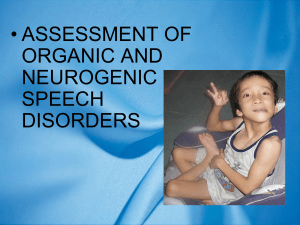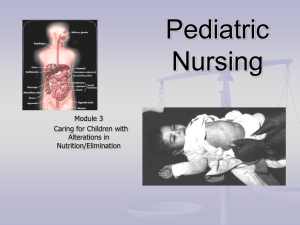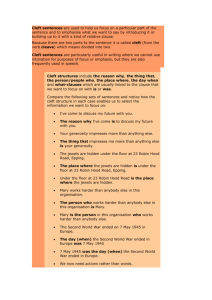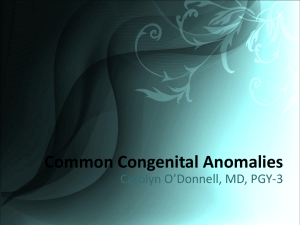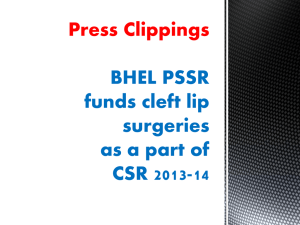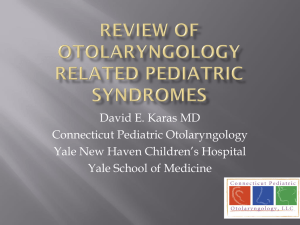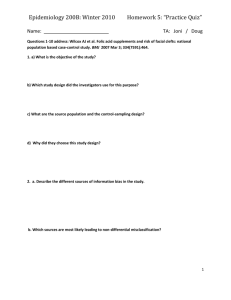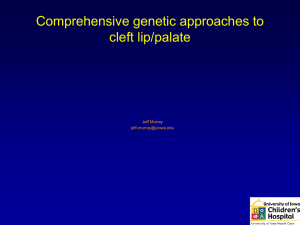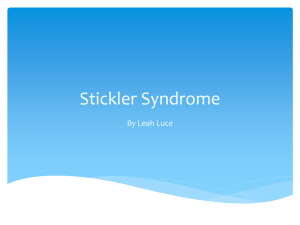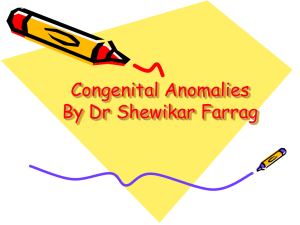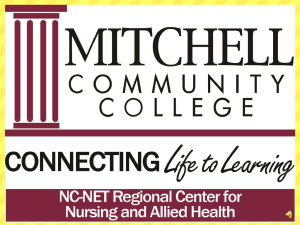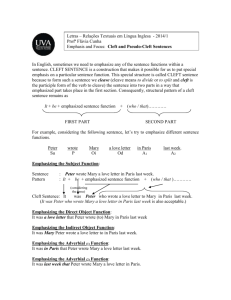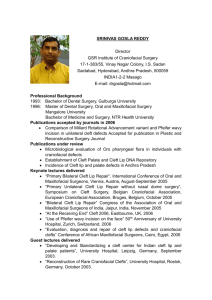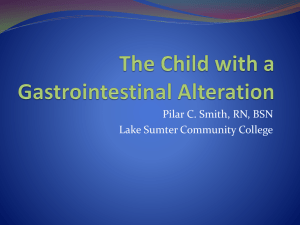Management of the Infant with Cleft Lip and Palate
advertisement
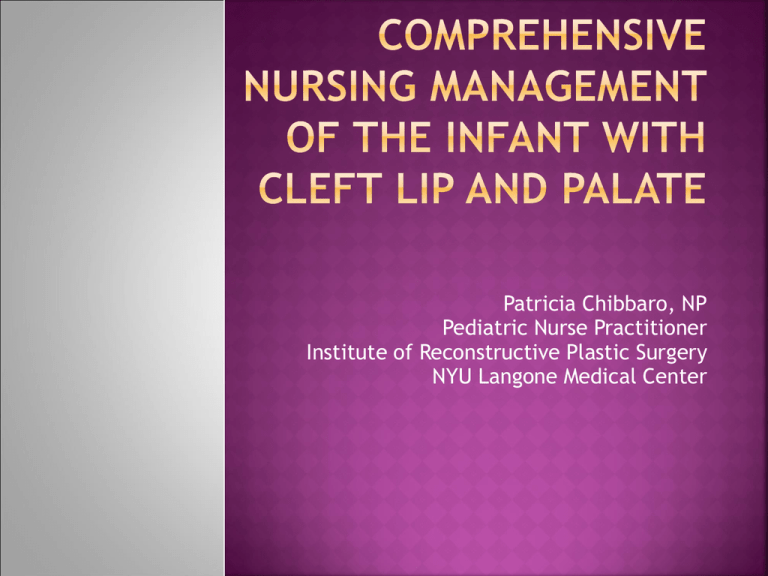
Patricia Chibbaro, NP Pediatric Nurse Practitioner Institute of Reconstructive Plastic Surgery NYU Langone Medical Center Incidence 1:350 - 700 Unilateral/Bilateral Incomplete/Complete +/- Alveolus (primary palate) +/- Hard (secondary) palate +/- Soft (secondary) palate Isolated hard and/or soft palate Submucous cleft palate Pierre Robin Sequence Mandibular Micrognathia (Mild – Severe) Retropositioning +/- of the Tongue (Glossoptosis) Cleft Palate May Require Intubation,Tracheostomy May Require Gastrostomy Plastic Surgeon Orthodontist Prosthodontist Pedodontist Otolaryngologist Psychologist Geneticist Primary Care Provider Nurse/Practitioner Speech/Language Pathologist Team Coordinator Social Worker Audiologist Prenatal Counseling Consult to birth hospital Feeding instruction Pre/post-op teaching Pre-op H/P, Consent Post-op inpatient management Resource to pediatric nursing/housestaff Cleft Palate Team Member Patient Resource, Advocate, Case Manager Community Outreach/Education Liaison with Community Health Care Providers • 1981- 1st reported ultrasound cleft detection • Routine or high resolution sonogram • Transvaginal: early as week 12 • Week 14 – facial contour almost complete • Transabdominal: 16-22 weeks (time of 1st routine ob sonogram) • Ideal detection is at 20-22 weeks • MRI (usually done to look for other abn) • Incomplete clefts often not seen until 3rd trimester us • Studies report associated birth incidence: 4.3 63.4% • Mild (skin tags)- lethal deformities (trisomy) • 350 reported associated syndromes • Most common – CNS, skeletal, urogenital, CV • Critical to refer couple for prenatal consult! 3-D Sonogram Complete Unilateral Cleft Obtain pregnancy history, delivery plans and info re: family structure/resources Clarify info from prenatal meetings w/genetics, surgeon/other cleft team members Clarify internet information! Review pre/postop photos Discuss/demonstrate feeding options/provide samples and ordering info Offer advice re: explaining diagnosis to family, friends, siblings • • • • • • • Network to other parents Preparation for NAM therapy Briefly explain expected hospital/postop/home care following initial cl/p surgeries Refer to Cleft Palate Foundation-Cleftline, Website, Feeding Video Provide team literature/website Encourage parents to communicate with birth hospital pre-delivery – optimize experience/prevent overtreatment Provide cleft team contact info for family/staff to call after birth Prenatal Consultation Nursing Care During Labor and Delivery Newborn Nursery/NICU Care Postpartum Nursing Care Pediatric Nursing Care of the Surgical Patient Pediatric nurses in the community The Cleft Team Nurse Specialist/Nurse Coordinator/Nurse Practitioner Goal is to optimize the labor/delivery experience – parents will remember their nursing care Parents may know that the baby will be born with a cleft If cleft not prenatally diagnosed, important to support parents immediately/provide information Be aware of your reaction to the infant Unless infant is premature, has cardiac or airway problem, allow parents to hold/bond Try to place infant in newborn nursery unless premature or with cardiac or airway problems If rooming-in is available and infant is a candidate, it should be offered If most experienced RN feeders are in the NICU – that would be an indication to place infant there Do not place infant in the back of the nursery to avoid “the cleft” being seen If baby is in NICU, do not overtreat (i.e. IV, feeding tube) just on the basis of the cleft Sensitivity to Parental Response to Baby (especially if cleft not detected prenatally) Parents will take cues from nurse Feeding – assess their knowledge, provide cleft bottles, breast pump, lactation consultant, CPF feeding video Feeding – if cleft palate, unlikely to be able to directly, exclusively nurse – do not pressure them to do so Referral to a team, especially if cleft not detected prenatally Discharge planning – feeding supplies, home nursing visit, follow-up appt. with team and primary care provider The normal process of feeding involves an intact and coordinated sequence Sucking/swallowing/breathing Poor Oral Suction Poor Intake Lengthy Feedings Nasal Regurgitation Choking Gagging Excessive Air Intake Poor Weight Gain Excessive Energy Output Stressful Feeding Intake A cleft makes it difficult for infant to form the seal necessary to create negative intraoral pressure/suction Cleft Lip – prevents formation of anterior seal on nipple Cleft Palate – prevents formation of seal within oral cavity needed to create suction Even small clefts of soft palate/submucous clefts (often missed) can cause feeding problems


